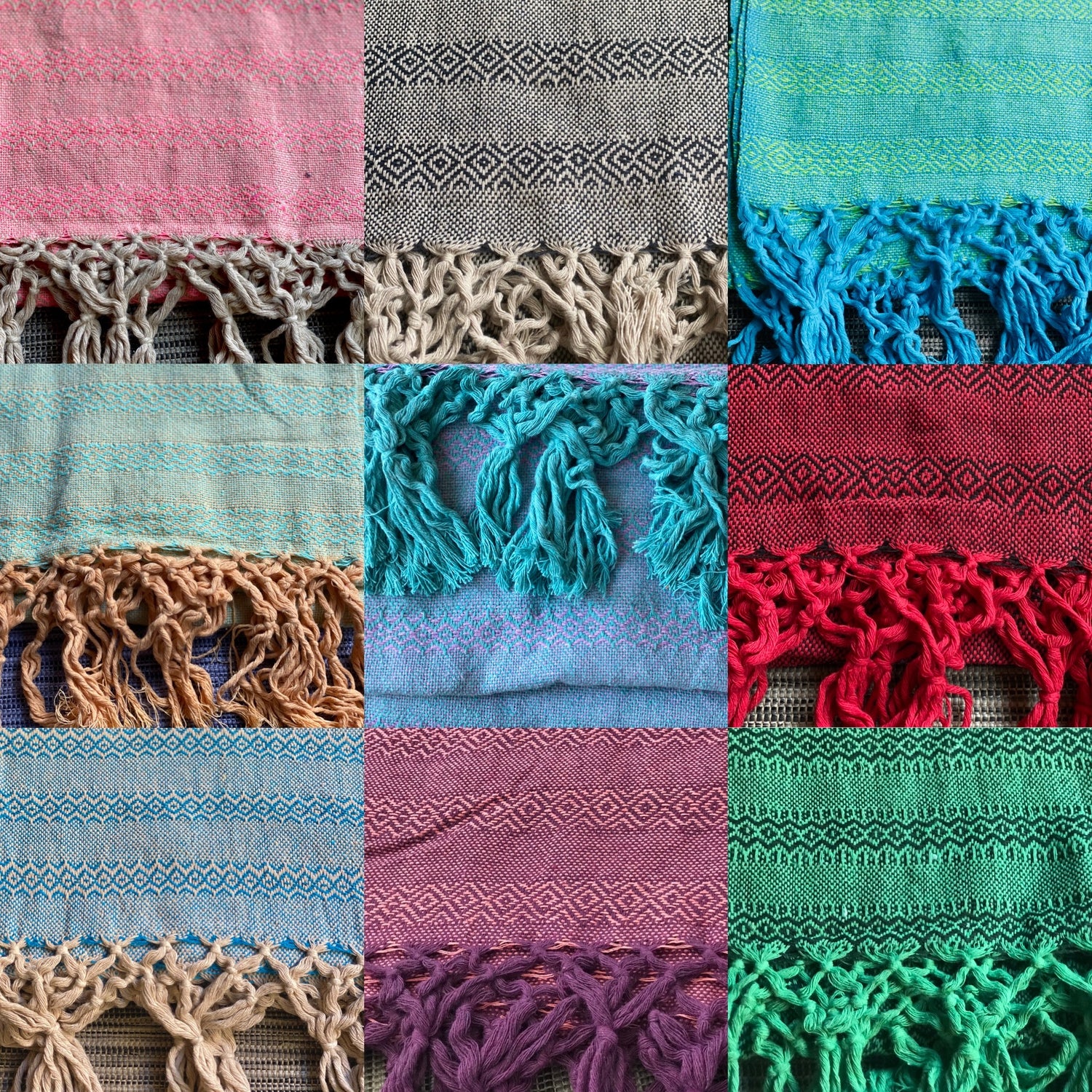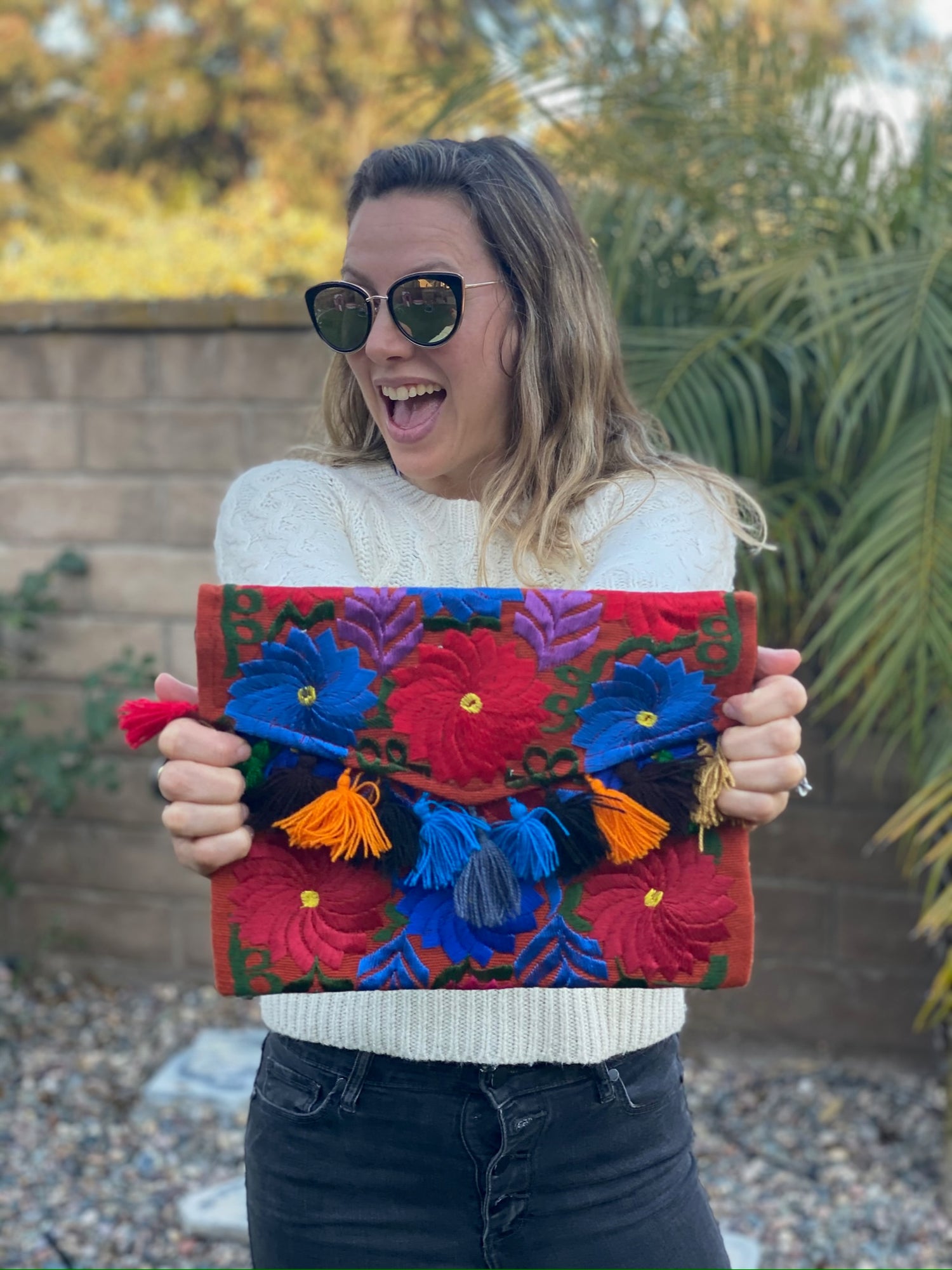The rebozo is a traditional Mexican shawl that plays a vital role in maternity and healing practices. It serves not only as a practical tool for support during labor, but also as a symbol of cultural heritage, connecting women to their ancestral knowledge.
This beautiful piece of fabric embodies the rich traditions of Mexican culture and reflects the deep-rooted history of midwifery, making it an integral part of the birthing experience.

Throughout generations, the rebozo has been used by women in various stages of pregnancy, labor, and postpartum recovery. It carries with it the wisdom of many who came before, enhancing the physical and emotional well-being of birthing parents.
By understanding its significance, you can appreciate how this simple garment transcends mere fabric, becoming a powerful element in the journey of motherhood.
Exploring the role of the rebozo can deepen your understanding of Mexican culture and the traditions that empower women. By learning about its historical roots and modern uses, you may find inspiration for your own journey or appreciation for the collective experiences of mothers throughout history.
Key Takeaways
- The rebozo is a significant part of traditional Mexican maternity care.
- It represents a connection to ancestral knowledge and cultural heritage.
- Understanding its use can enhance the birthing experience for women today.
Cultural and Historical Significance

The rebozo holds deep cultural importance in Mexico, reflecting the rich traditions and history of its people. It serves as a symbol of identity and craftsmanship, showcasing intricate techniques passed down through generations.
Rebozo as a Symbol in Mexican Identity
The rebozo is more than just a garment; it is a representation of Mexican identity, especially for women. This traditional shawl is often worn during significant life events, such as births and ceremonies.
It connects you to your heritage, showing pride in Mexican culture. Many women keep heirloom rebozos that carry personal stories and memories.
During national celebrations, like Independence Day, you may wear your rebozo to embrace your roots. This ritual emphasizes community bonds and cultural pride, making the rebozo a powerful symbol of Mexican heritage.
Weaving Techniques and Artisan Craftsmanship
The craftsmanship behind the rebozo involves time-honored techniques. Artisans often use the backstrap loom, a traditional weaving method that allows for intricate designs.
You will find rebozos made with different techniques, including the resist-dye method, known as "jaspe." This process creates vibrant colors and beautiful patterns that tell stories through textile art.
Each piece reflects the artisan's skill and creativity, making it unique. The dedication of these artisans contributes significantly to the preservation of Mexican cultural traditions. Through these methods, the rebozo showcases the rich history and artistry that are essential to Mexican identity.
Rebozo in Maternity and Healing Practices

The rebozo plays a vital role in the experience of pregnancy, labor, and postpartum care in Mexican culture. This traditional Mexican shawl supports mothers through various stages of motherhood, offering both physical comfort and emotional strength.
The Role of Rebozo in Pregnancy and Birth
During pregnancy and childbirth, the rebozo is more than just a shawl; it serves as a tool for support and connection. Midwives and doulas often use it for techniques like rocking and wrapping to help ease discomfort.
This practice helps manage pelvic floor tension and encourages healthy positioning of the baby. The rebozo allows for gentle movements that can trigger the body's natural relaxin hormone, facilitating smoother labor.
In labor, the rebozo can be used to help with positioning and to provide comfort. It can be draped over the birthing person while they sway or rock, which helps to reduce stress and encourages relaxation.
Postpartum Care and Healing Methods
After childbirth, the rebozo continues to play an important role in postpartum care. Techniques like "closing the bones" use the rebozo to wrap the new mother’s body, promoting healing and restoring strength. This method focuses on the alignment of the pelvis and supports the body’s recovery process.
The rebozo can also aid in bonding with the newborn. Using it as a baby carrier allows for skin-to-skin contact during breastfeeding, which is crucial for emotional development.
For mothers dealing with postpartum depression, the comforting embrace of the rebozo can offer a sense of security. It provides physical support while allowing mothers to navigate their emotional needs during this transition.
Frequently Asked Questions

The rebozo plays a key role in traditional Mexican maternity and healing practices. It is more than just a wrapping shawl; it embodies cultural values, techniques for comfort during childbirth, and a method of support for postpartum recovery.
How is the rebozo used in traditional Mexican childbirth practices?
In traditional Mexican childbirth, the rebozo is used to provide physical support during labor. Midwives wrap it around the mother to help with positioning and relieve discomfort. The rebozo can also be used for gentle rocking movements, which can aid in reducing pain during contractions.
What cultural significance does the rebozo hold during maternity in Mexico?
The rebozo is a symbol of respect and heritage in Mexican culture. It connects generations of women, representing both motherhood and the wisdom of ancestral practices. During maternity, it embodies care and nurture, highlighting the importance of community support.
In what ways do Mexican traditions influence pregnancy and birth experiences?
Mexican traditions shape pregnancy and birth experiences through rituals and community involvement. Families often gather to support the expectant mother, sharing their knowledge and practices. This collective approach enhances emotional and physical well-being during the transition to motherhood.
What are some common rituals associated with rebozo in Mexican healing traditions?
In healing traditions, the rebozo is often used in rituals such as closing ceremonies after birth. These ceremonies help women transition into their new roles and recover physically and emotionally. The rebozo is also used for massages and other treatments that promote healing and relaxation postpartum.
How does the rebozo technique assist in labor and delivery?
The rebozo technique assists in labor by providing balance and support. It helps to lessen discomfort and can encourage optimal fetal positioning. By using the rebozo, you can experience reduced tension, which may lead to a smoother delivery.
Can the rebozo be integrated into modern maternity care, and if so, how?
You can integrate the rebozo into modern maternity care by using it in prenatal classes and during labor.
Many healthcare providers are now recognizing its benefits for comfort and support.
Incorporating rebozo techniques into current practices can enrich the birthing experience and provide additional emotional support.




